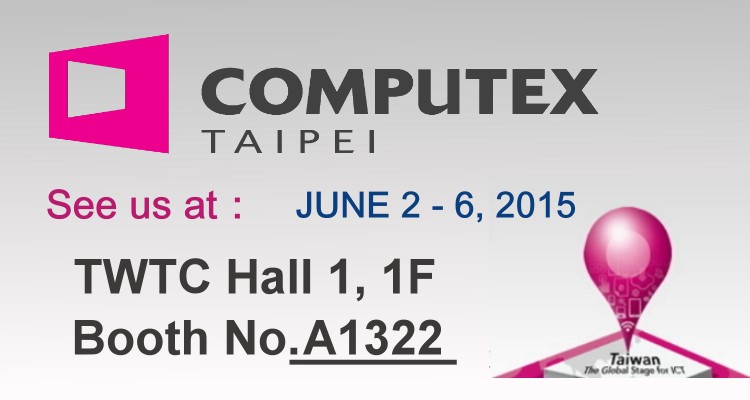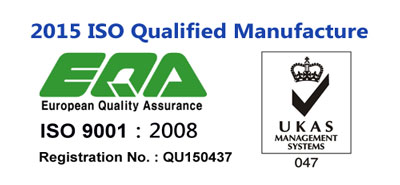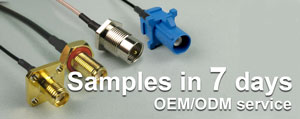A proper surface treatment for formed workpiece can improve surface looking, protection and physical characteristic like higher harness, anti-corrosion or smooth surface.
The surface treatment can be sorted with six categories:
A. Mechanic treatment: Bead Blasting, Cutting, Polishing, Grinding
B. Metallurgic treatment: Heat treatment (Annealing, Tempering, Quenching)
C. Chemical treatment: Electrolyzed Polishing, Acid Pickling
D. Surface Coating: Electro Plating, Sputter, Evapora
E. Inorganic Coating: Hard Anodizing, Oxide, Conversion Coating
F. Organic Coating
Bead Blasting
Bead blasting is the process of removing surface deposits by applying fine metal beads at a low pressure without damaging the surface.
To have Bead blasting metal surface, the surface isn’t easy to get scratch. The common surface treatments include anodize or electro plating after bead blasting.
Polishing
Polishing is the process of creating a smooth and shiny surface by rubbing it or using a chemical action.
To magnify the unpolished surface thousands of times, the surface looks like mountains and valleys. With repeated abrasion, the surface will be more flat like small hills.
Grinding
Grinding is an abrasion process to remove sharp edges and de-burrs.
Bench Grinder has rotating abrasive wheels and it is used for shaping tool bits or various tools that need to be made or repaired. Bench grinders are manually operated.
Vibration Grinder is designed with tumble principle. Placing workpieces inside Vibration Grinder together with fine ceramic bead or metal tiny parts which hardness must be higher than workpieces, then sharp edges and burrs can be abrasive after repeated tumbles.



